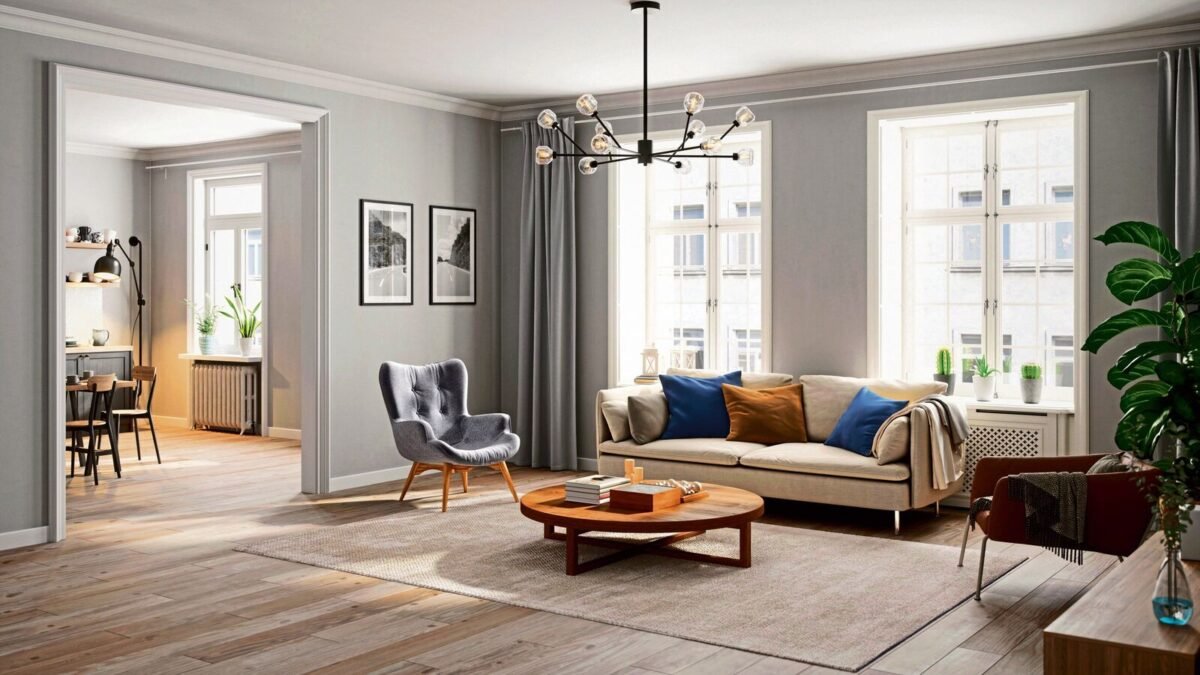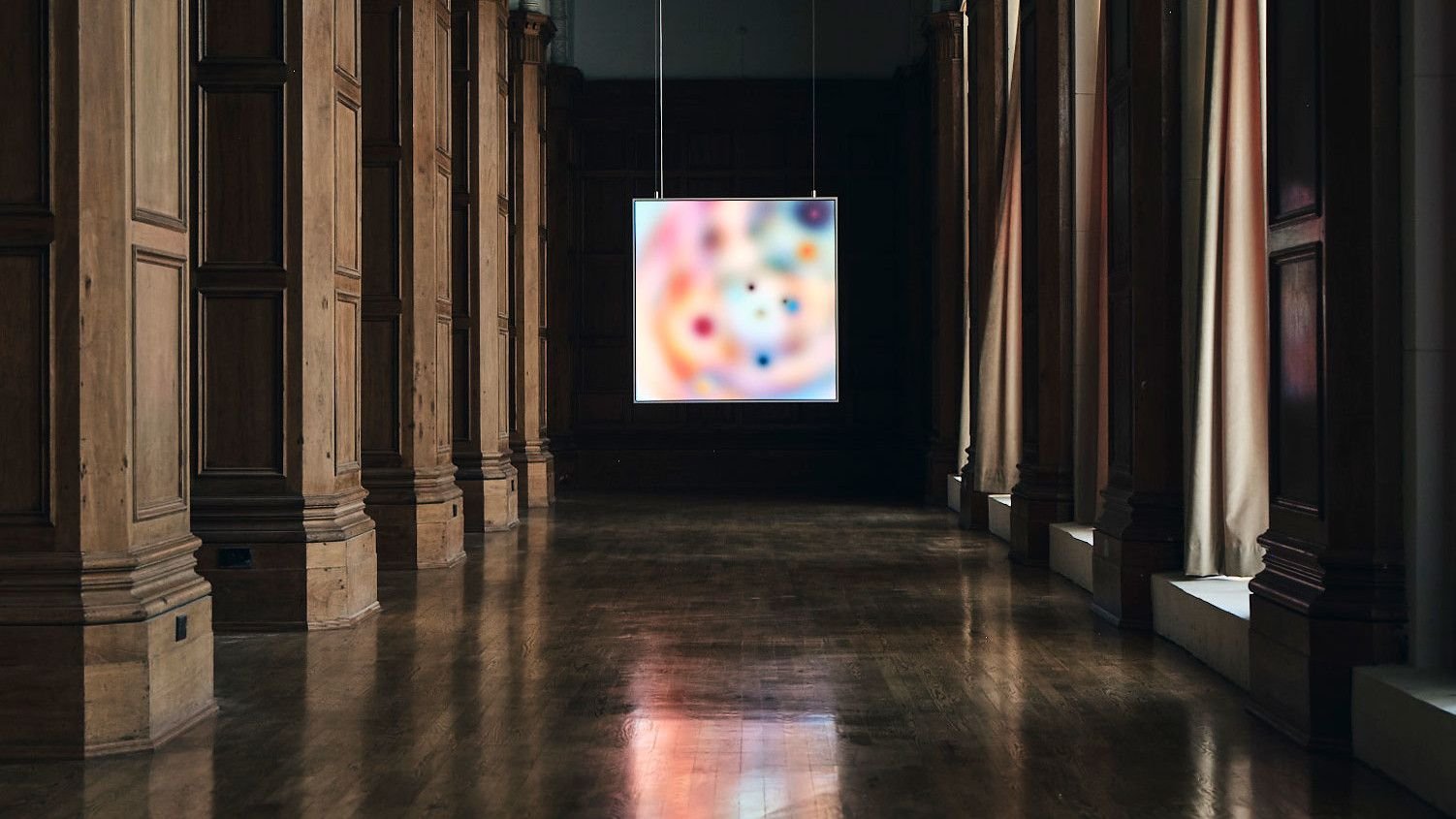An endless spectrum of choice, resources and ideas has conspired to create a design business that is largely interested in feeding itself, the beast gorging on a buffet of objects. It creates homes and spaces that function as a museum of things, rather than memory and interests. When everyone thinks they’re distinct, but no one really is, because they’re shopping at the same fairs, looking at the same design feeds and choosing things as fantasies.
When designers create spaces to showcase themselves rather than their clients, it creates a monoculture of set design. One luxe-looking fit-out resembles the other, each one looking like it could be anywhere and everywhere, from Nairobi to Dubai to New Delhi.
The best spaces ripen with age, they reflect ideologies, hobbies, reading obsessions. The best homes develop layers that tell the stories of the people who live in them. As the old Asian Paints advertisement poetically surmised: har ghar kuch kehta hain, andar kaun rehta hai. What it shouldn’t talk about is the idiom of your interior designer. Because the best kind of design and designer is an invisible force that has quietly allowed a client’s life to speak.
Instead, designers are using spaces as canvases to enforce their own swashbuckling ideas, and once they’re out the door, homes become a chrysalis of disaffection. I was recently part of a panel discussion with two designers who work on residential and hospitality design projects in Mumbai. Their clients are largely high-net worth individuals from film, business and hospitality. We discussed projects and trends and the general direction of things. The headlining takeaway was this: the richest clients want to change the design of their homes every five years. Not 10 or 15, as used to be the case.
The homes they were referring to are vast, most of them larger than 4,000 sq. ft, and that too in a city like Mumbai. Despite the cost and disruption of a complete redesign, people are tiring of their things every few years and want to find themselves in a new scene. Their memories, their history, eradicated each time, they want to envelop themselves in new skin, like a world out of Roblox. Or fast fashion.
If someone wants to change their immediate surroundings so drastically and in such quick succession, then the only conclusion to be drawn is that they didn’t care about it much in the first place. People only care when there is history attached to our objects, when there is a story behind something. If an interior designer is doing all your shopping and you’re simply a financial facilitator, then you’re likely to grow detached from the place you live in.

View Full Image
If you’re working with an interior designer, create a design manifesto for yourself. Find the objects in your home that are non-negotiable totems of your life, present them to your designer and see how they react.
What they should do is try to understand the “why” of your existing choices to better direct your future ones. They should embrace the context of you and the place you inhabit, both emotionally and physically. The well-attuned, culturally minded home represents the client and their interest. It is not just expensive art and books bought by the mile with not a crack in a spine. It is an embrace of all the “yous”—the one from the past, the current one and the one you may encounter in the future. To begin the process of design, begin with you.
My own home is a bit of this and that, not everything belongs together, but somehow it works because it captures my often higgledy-piggledy thought process. I learned to embrace imperfection as a central theme of life years ago. Nothing I do seems to form a crisp line. And yet, from this slightly shabby-chic but make-it-happen approach, there has evolved a certain style that is my very own thing. Identifiable and repeatable.
Last month, I stayed at a five-star hotel in South Mumbai, which I’m quite familiar with, having “lived” there for several months in the late 1990s. The room’s old avatar is etched in my memory. There was red granite and dark wood flourishes, brass trimmings and vintage prints on the wall. All that modernity has now made way for lightwood panelling, suffused lights, beige-on-cream colour ways—a sans serif adaptation of interior design, boringly familiar and painfully inoffensive. It is interesting that design should be flattened this way, even in hospitality, as though travellers don’t actually want to be reminded of the distance they’ve traversed when they come to a new city. And so a hotel, even a luxury one, becomes a “non-place” as author Marc Augé refers to such in-between spaces.
In home design, context has such wonderful design possibilities. Both the context of clients’ lives, and the place where they choose to situate themselves.
In home design, context has such wonderful design possibilities. Both the context of clients’ lives, and the place where they choose to situate themselves. Restraining design in that way also makes for really interesting results. Say, you’re creating an apartment in Mumbai. Start from the city, its history of material, its design lexicon. What might that create? Research practices that follow such rules, studios and architects who put restrictions on themselves in order to be able to create something really interesting.
I recently chanced upon images of the Mumbai-based architecture studio Kunal Shah Designs, which appears to be in transition but also well formed in personality. The space had very few material selections but an interesting plethora of art, photography and sculptural elements. You could place its sociocultural underpinnings, the thinking of the person inhabiting the space and within a few objects, understand their world view.
When resources are not in short supply, context and people are the only restraints you could place upon your decision-making process. Within those constraints one can create something that is more individualistic albeit imperfect. If interior design doesn’t make space for a client’s past, their moorings, their hidden truths and their obsessions, then it is not surprising that people tire of their homes and keep searching. For something even more dramatic, even more exhilarating.
Manju Sara Rajan is an editor, arts manager and author who divides her time between Kottayam and Bengaluru.







